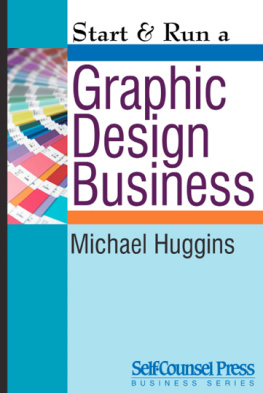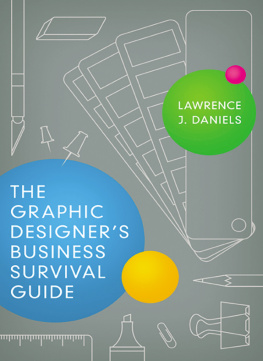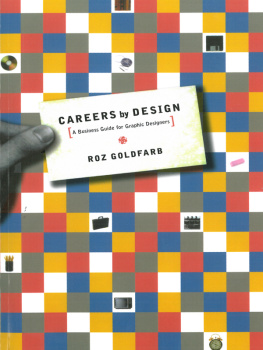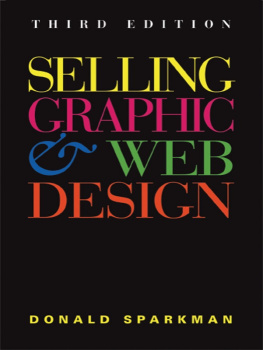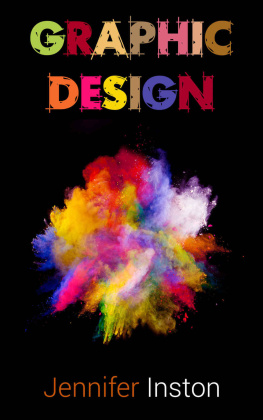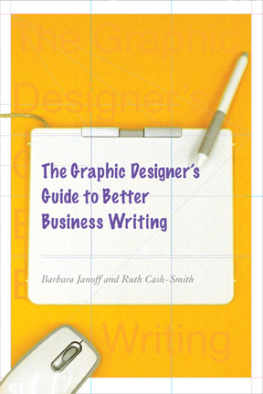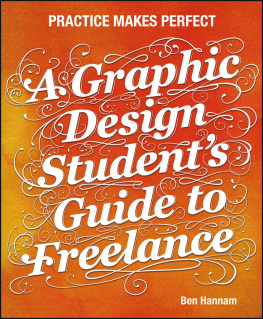Copyright 2015 by Peter L. Phillips
All rights reserved. Copyright under Berne Copyright Convention, Universal Copyright Convention, and Pan American Copyright Convention. No part of this book may be reproduced, stored in a retrieval system, or transmitted in any form, or by any means, electronic, mechanical, photocopying, recording or otherwise, without the express written consent of the publisher, except in the case of brief excerpts in critical reviews or articles. All inquiries should be addressed to Allworth Press, 307 West 36th Street, 11th Floor, New York, NY 10018.
Allworth Press books may be purchased in bulk at special discounts for sales promotion, corporate gifts, fund-raising, or educational purposes. Special editions can also be created to specifications. For details, contact the Special Sales Department, Allworth Press, 307 West 36th Street, 11th Floor, New York, NY 10018 or .
15 14 13 12 11 5 4 3 2 1
Published by Allworth Press, an imprint of Skyhorse Publishing, Inc. 307 West 36th Street, 11th Floor, New York, NY 10018.
Allworth Press is a registered trademark of Skyhorse Publishing, Inc., a Delaware corporation.
www.allworth.com
Cover design by Mary Belibasakis
Library of Congress Cataloging-in-Publication Data is available on file.
Print ISBN: 978-1-62153-459-4
Ebook ISBN: 978-1-62153-471-6
Printed in the United States of America
This book is dedicated to
Benjamin J. Phillips and Rebecca L. Phillips
Contents
Introduction
A CCORDING TO THE LATEST ONLINE definition of the word design in the Merriam Webster Dictionary, design means: to plan and make decisions about (something) that is being built or created; to create the plans, drawings, etc., that show how (something) will be made; to plan and make (something) for a specific use or purpose; to think of (something), such as a plan; to plan (something) in your mind.
The same dictionary defines designer as: a person who plans how something new will look and be made; a person who creates and often produces a new product, style, etc.
It is also interesting to me that the term design manager seems to
have no definition at all.
There are many people on this planet who call themselves designers. Design has become a huge word covering a great deal of territory (see the reference above to something) ! I have a friend who has a hobby of photographing signage he comes across during his frequent international business travel. His slide show contains (among hundreds of other types of designers) pizza designers, fingernail designers, dog grooming designers, employee benefits designers, curriculum designers, software designers, insurance designers, landscape designers (that specialize in mowing your lawn!), the childs play design center, party designers, floral designers, interior designers, package designers, industrial designers, and on and on. Of course, all of these folks are legitimately entitled to call themselves designers.
When I was managing the graphic design function at Digital Equipment Corporation it was not unusual to get a phone call asking, Is this the corporate design department? I would reply, Yes, it is. Then the caller would ask for the schematic drawings for the circuitry of a new microchip. Of course, the engineers who designed this circuitry were indeed designers.
With all of these legitimate definitions of the word design it is understandable many people are somewhat confused when they hear the word designer.
The design profession has also changed dramatically over the last twenty or more years. Technology has not only changed the way we approach design, but also added many new definitions of the term design. At the same time the value of design to an enterprise is also becoming more respected.
This growing appreciation for graphic design in the corporate world is also responsible for a major shift in the perception of an in-house graphic design function. A great many corporations are just beginning to realize that an in-house graphic design department is far more than a service function. They are instead beginning to realize powerful graphic design can be a critical strategic resource for the enterprise, especially as competition has become more intense. However, many managers of in-house graphic design functions are a bit unsure about just how to make the shift from graphic services to a critical corporate strategic resource. The information in this book is intended to assist the in-house graphic design department manager make the appropriate transition from service provider to strategic partner.
Over the last few years of consulting with in-house graphic design departments and conducting workshops for these groups, I have noted that most groups tend to have many of the same questions. I tallied all of these inputs and developed a list of the top issues in-house corporate groups are facing currently. It has been remarkable how many of the following show up during each intake session!
In order of how frequently each issue has shown up, these are the top ten:
1. How do we move from being a drop-in service provider to a strategic partner?
2. How do we get enough time to execute projects properly?
3. Many internal groups go around us and use external resources instead? What can we do about this?
4. Design is not perceived as a core business competency in our company. How can we change this?
5. Our budgets for projects are minimal. How do we convince the company to give us adequate funding for major projects?
6. Projects come in at the last minutes and internal clients want a fast turnaround. How can we get involved earlier in the process? How do we prioritize projects?
7. Internal clients often hand us a brief telling us exactly what they want us to doand how to do it! How do we convince them to change this practice?
8. We are basically understaffed to handle the ever increasing workload, but management doesnt want to increase the size of our staff. What options do we have to obtain more staff help?
9. We are largely perceived as a necessary support function, but not really credible as business strategists. We are not even involved in presenting our design solutions for final approval!
10. What techniques can we use to demonstrate our creative ability and skills more effectively
Well, there you have it! These seem to be the most common issues keeping in-house corporate graphic design managers, worldwide, up at night. My intention in writing this book is to tackle all of these questions (and a few more) head-on.
Just to be very clear, this book has been developed for graphic designers working in an in-house corporate setting. If you are an employee benefits program designer, you will probably not find this book very helpful. The book is not intended to teach anyone how to do graphic design; rather the intent is to help people manage the graphic design function in a corporate environment.
Acknowledgements
I T IS IMPORTANT TO ME to give credit to those people who have encouraged, trained, and mentored me over the decades.
I believe the most important people were my parents, who recognized very early on that I had a strong aptitude for the arts. They enrolled me in an art school when I was only ten years old. Mrs. Brown, my teacher, was the first to help me realize that art was much more than drawing well. She also said that art and design are two different things. I will be forever indebted to the late Mrs. Brown for her patience and encouragement at such an early age.



